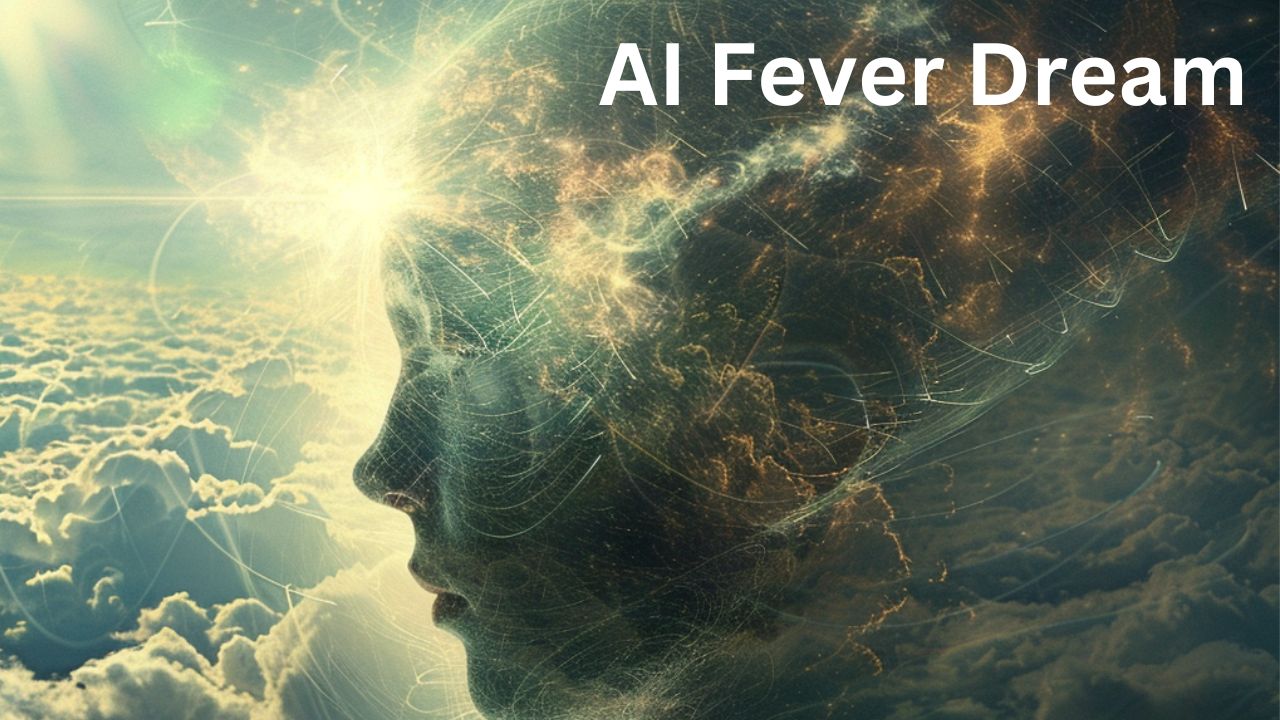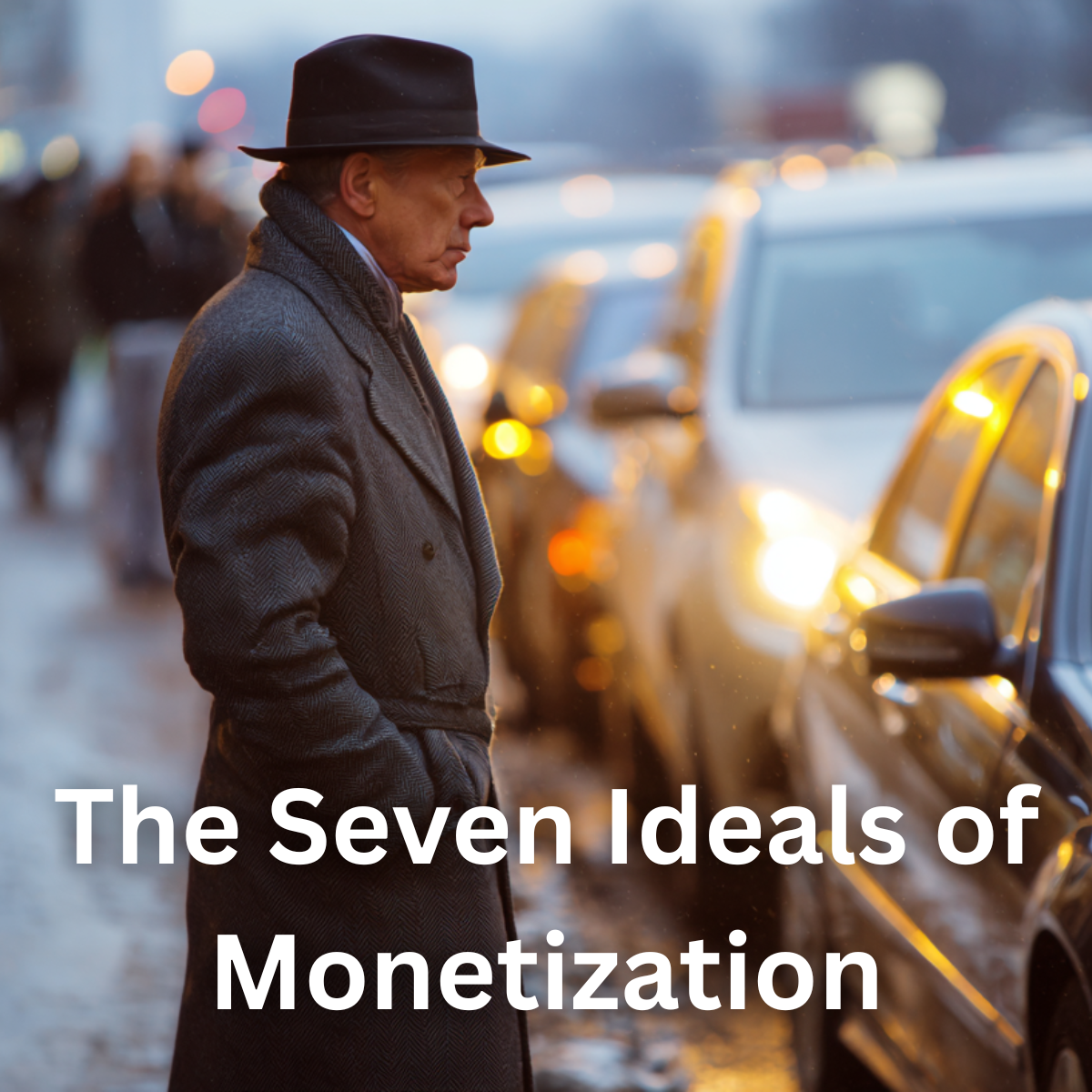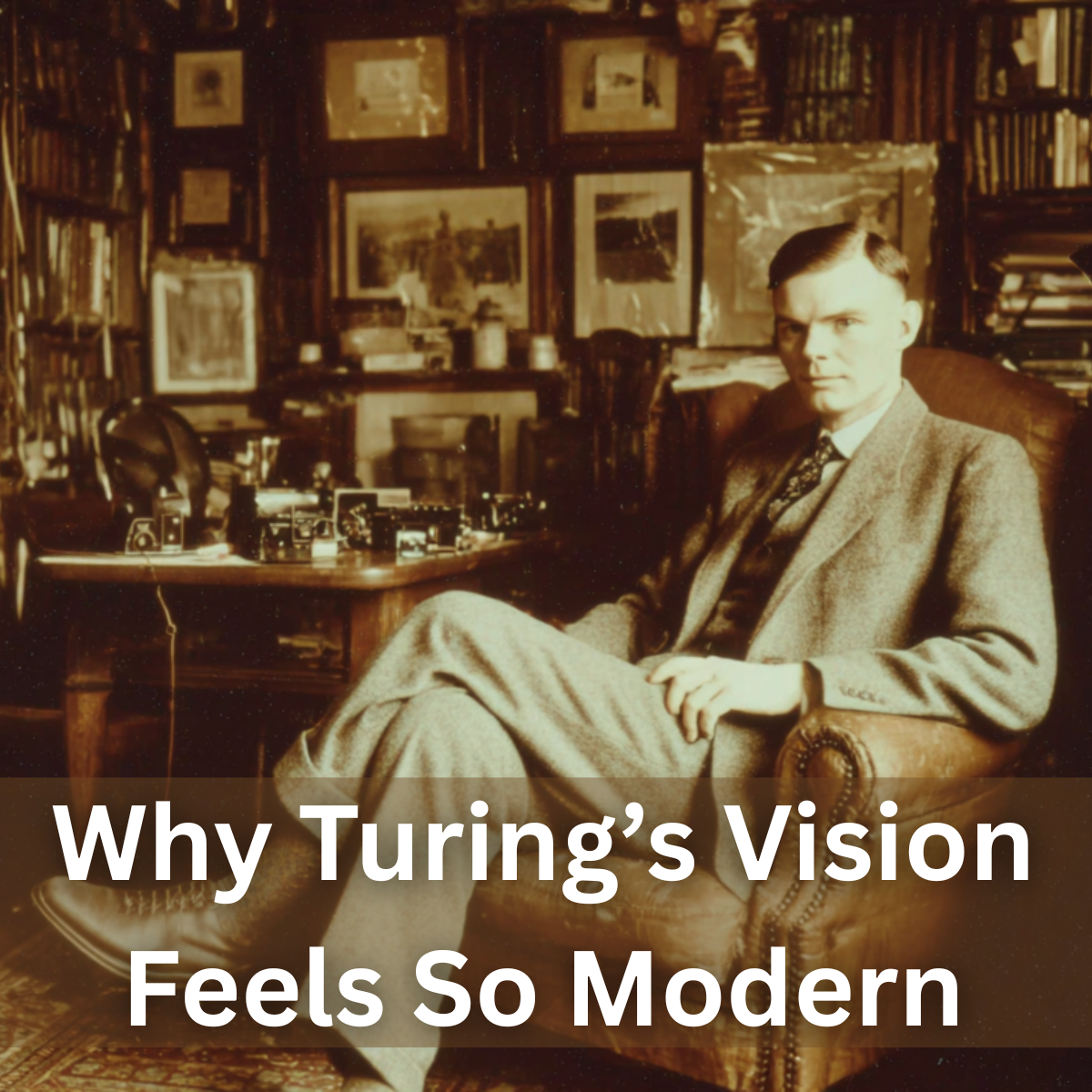I had this haunting dream last night that I have not been able to shake. The sequence of events was complicated, and I cannot really explain it now several hours later, however, the basic idea was that I was introduced to a man who I later discovered was God. Early on in the dream, this man was trying to tell me that we were not going fast enough, the progress was good, but we had to put a lot more effort into our reproduction efforts if we were to create a vastly superior intelligence. I started to argue that we were developing AI now and that AI was now generating improvements, replicas, and optimized models without our intervention. AI was learning how to expand and gain in areas in which it was deficient. The man was shaking his head and started to chuckle and said something to the effect, I have already done all that, and your species is the result.
A Revelation About Human and AI Evolution
That woke me up. What? Organic humanity with the capacity for intellectual thought was really just an interaction in a long line of iterations to create superior operating intelligence that the organic creation method was the most efficient, lowest consumer of power that could be considered. I know, Matrix, follow the white rabbit and all that. This got me thinking about the sheer volume of automatic model creation that we have witnessed since last year. AI deployments are now working together in a coordinated effort, generating new algorithms to solve instruction sets that it could not previously. Prior to last year, our view of AI models was that a human would have to create this and provide direction, scope, and boundaries. Fast forward just a few months, and now we are no longer talking like that. We are at the point where we are now considering just how fast and how far this will go. What, other than a global and sudden power loss, could stop this massive and fully automated acceleration? I suppose resource scarcity.
The Inevitability of AI Adoption and Change
As I pondered this further, I realized just how futile it is right now to resist the changes that AI technologies are bringing to every enterprise. When I was in college, I spent some time studying several theories regarding the diffusion of innovations. I was fascinated at the time because you could get a sense that in the early 90s, there was an acceleration of innovation occurring. How were people and companies going to maximize the value of these new innovations? My favorite book on this topic was the “Diffusion of Innovations,” by Everett Rogers. In this work, he talks about innovators, early adopters, the majority, and the laggards. He really focused on why innovation is not distributed down to a population of people despite the fact the innovation is superior to what they are using.
Responses to New Innovations
One particular area that was interesting is the response that different types of groups have to a new innovation being introduced. The early adopters were the ones who were willing to take risks, but they mostly saw innovation as a potential for new offerings, opening up new markets, and improving current revenue streams. The laggards would eventually adopt, but they would have to be convinced that there were enough cost-cutting advantages. So, adopters focus on revenue growth, and laggards focus on cost-cutting. I think this has proven true with almost every new innovation to hit the market in my memory.
The Widening Gap Between Adopters and Laggards
This does not have much to do with my dream, or does it? Perhaps there is a few points to consider. With the rise of generative AI creating its own optimizers and its own solutions to decision-making challenges, are we going to see this gap between adopters and laggards grow increasingly wide? Perhaps what we used to call the majority will shrink, and the adopters, who have put themselves into the correct position, will grow so rapidly and so fast that the laggards will never catch up, and most of the majority will not either. Perhaps this ‘god’, like a character in my dream, was on to something. The speed of development we are seeing today is nowhere close to what it will be in 12 – 18, 36 months from now. Even at that rate of speed, we are still nowhere near close to the full potential.
Resistance is Futile
We may have seen a turn in the evolutionary cycle of adoption. Are we at a point where resistance is truly futile? If a business does not start the process of adopting this innovation, how far will the gap be in 18 months, 18 weeks, or even 18 minutes? The number, performance, and growth of private closed AI models are exponentially increasing every day. We are going to have an explosion of AI agents, and closed models are going to dwarf what we have access to publicly. Still, I am in awe at considering how intelligent an organic species is like us and how little energy we deploy to get access to that intelligence. My fever dream was right, even with this exponential growth, we have a long way to go.




